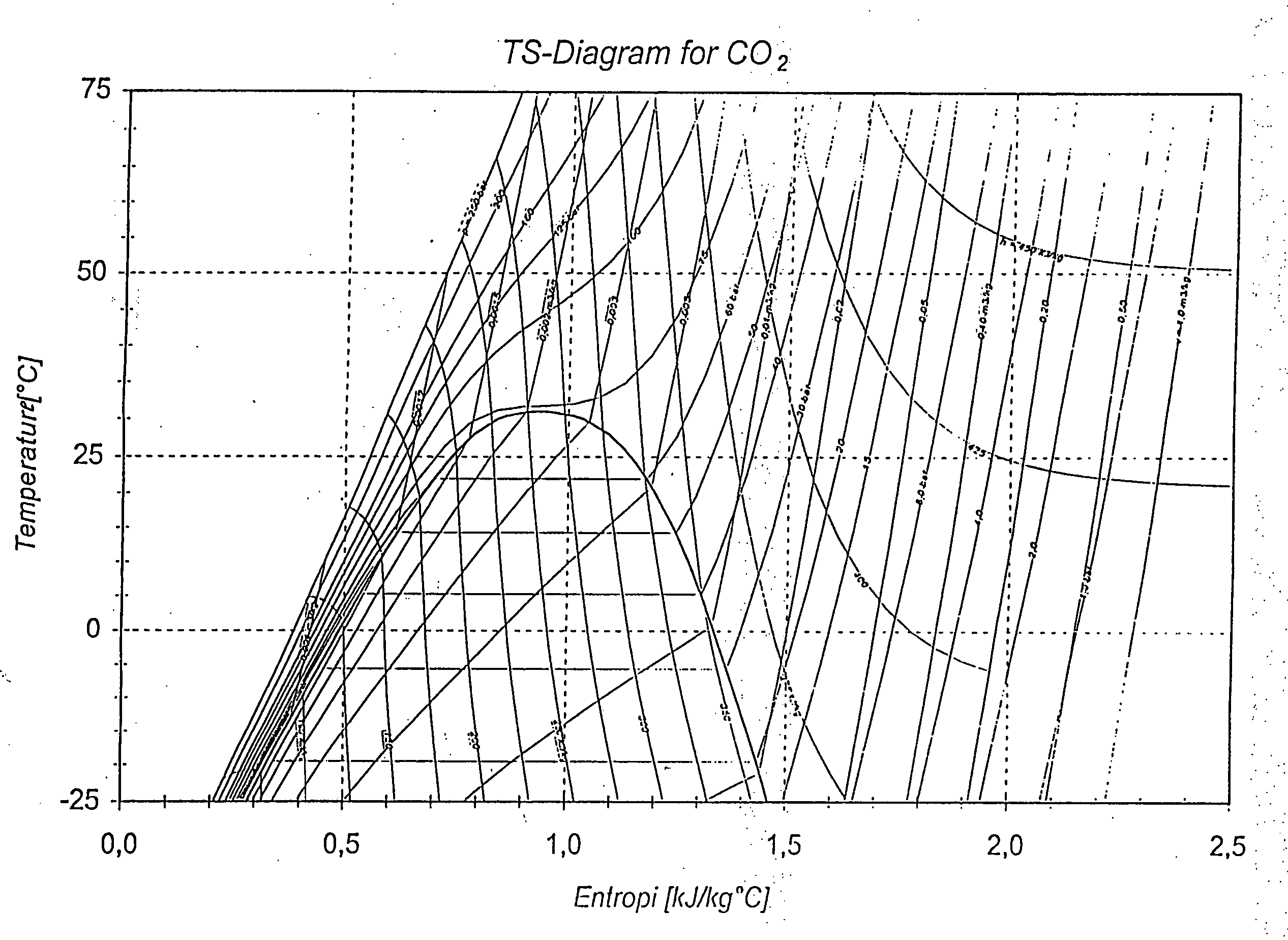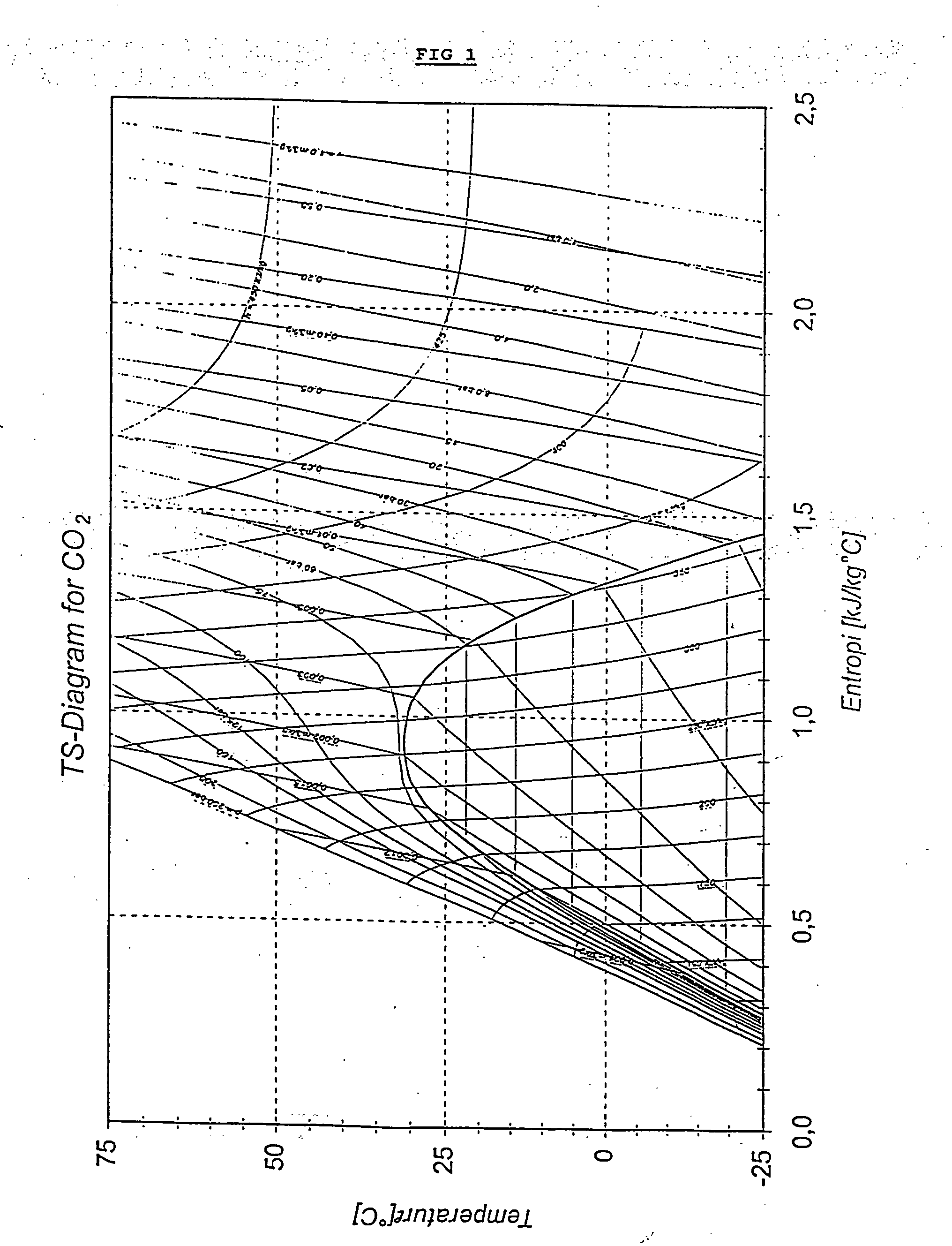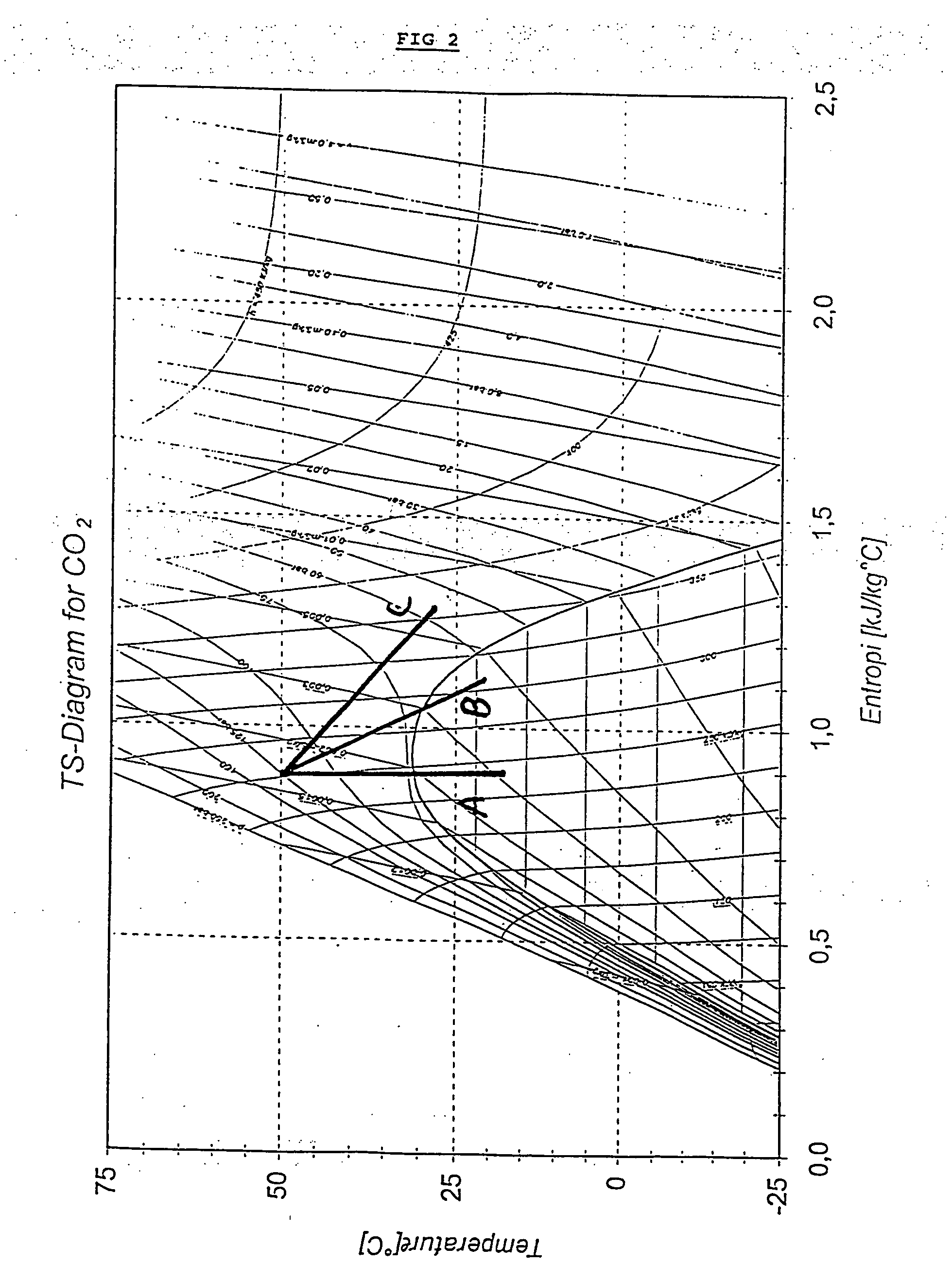Process for treatment of wood using a carrier fluid under high pressure without damaging the wood
a carrier fluid and high-pressure technology, applied in the direction of chemical vapor deposition coating, lighting and heating apparatus, coatings, etc., can solve the problems of dramatic treatment defects of samples and spilt into hundreds of long slender sticks, and achieve better adhesion of active compounds and high deposition
- Summary
- Abstract
- Description
- Claims
- Application Information
AI Technical Summary
Benefits of technology
Problems solved by technology
Method used
Image
Examples
example 1
[0121] Determination of the Critical Length
[0122] For this determination Sprouse wood samples obtained from Lilleheden, Denmark, were used.
[0123] Samples having lengths in the range of 0.25 to 1.2 m were impregnated under supercritical conditions using carbon dioxide as the solvent.
[0124] The samples were impregnated at a temperature of 55° and a pressure of 150 bar using 50 g biocide corresponding to a deposition of 0.25 kg biocide per m3 wood.
[0125] After impregnation for 20 minutes the pressure in the vessel was released according to the courses listed in table 1. below.
[0126] When the pressure reached atmospheric pressure the vessel was opened and the samples removed and inspected visually for damages.
TABLE 1Length (m)0.250.250.50.751.01.21.2Time for Pressure20402020202040release150-85 bar(min)Time for pressure40604040404060release85-20 bar(min)Time for pressure40404040404040release20-1 bar (min)damagednononononoyesyes
[0127] From the results it appears that the critical l...
example 2
[0129] Effect of Temperature on the Number of Damages
[0130] This example demonstrates the dependence of the temperature on the number of damages.
[0131] In a vessel were common 1″×3″ spruce boards treated using supercritical carbon dioxide as the medium. The boards had a total length of 1,5 m. In order to mimic boards having a length of 3 m boards were blinded in one end so that the medium was only capable of entering the boards in one end.
[0132] Different pressures, temperatures and depressurising times were selected as indicated in table 1, and the damage rate was calculated as the percentage of boards having one or more damages.
TABLE 2LengthTemperatureTime for depressurisingRate of damage(m)(° C.)(min.)(%)1.545392234539413553913365395355907365900
[0133] From the data in table 2 it can be deduces that the length of the boards has a significant influence on the damage rate from 22-41 percent with in increase in length from 1.5 to 3 m.
[0134] Further it can be deduced that the tr...
PUM
| Property | Measurement | Unit |
|---|---|---|
| pressure | aaaaa | aaaaa |
| pressure | aaaaa | aaaaa |
| pressure | aaaaa | aaaaa |
Abstract
Description
Claims
Application Information
 Login to View More
Login to View More - R&D
- Intellectual Property
- Life Sciences
- Materials
- Tech Scout
- Unparalleled Data Quality
- Higher Quality Content
- 60% Fewer Hallucinations
Browse by: Latest US Patents, China's latest patents, Technical Efficacy Thesaurus, Application Domain, Technology Topic, Popular Technical Reports.
© 2025 PatSnap. All rights reserved.Legal|Privacy policy|Modern Slavery Act Transparency Statement|Sitemap|About US| Contact US: help@patsnap.com



